PDA-TR49-生物清洁验证-中英文翻译
Page 1 of 95
Points to Consider
for
Biotechnology
Cleaning
V
alidation
Technical Report No.
49
ISBN: 978-0-939459-30-8
©
2010 Parenteral Drug Association,
Inc.
All rights
reserved.
Page 2 of 95
Table of Contents
1.0
I
NTR
odu
CTI
o
N
..................................................3
1.1
Purpose/Scope
...............................................
3
2.0
Gl
ossa
R
y
oF
Te
R
ms
........................................5
3.0
CleaNING PRoCess
desIGN
aNd
deVeloPmeNT
..........................................6
3.1
Introduction ....................................................
6
3.2
Cleaning Process Controls
(Inputs)
and Measurements (Outputs)
.........................
6
3.2.1
Cleaning Cycle Design ........................
6
3.2.2
Physical-Chemical Aspects ................
7
3.3
Measurements Used to
Determine
Cleaning
Effectiveness....................................
8
3.4
Equipment and Plant
Design Considerations
....................................
8
3.4.1
Piping..................................................
8
3.4.2
Automated vs. Manual Systems.........
9
3.4.3
Centralized CIP vs.
Discrete
Cleaning of Isolated Equipment...........
9
3.4.4
Clean Out of Place (COP)
....................
9
3.5
Soil Evaluation and
Categorization
..................
9
3.5.1
Soil Categories....................................
9
3.5.2
Soil
R
emoval
.....................................
10
3.5.3
Cleaning
Comparability
Based on Soil and
Surface
................
11
3.5.4
Soil Selection
for
Laboratory Evaluations .....................
12
3.6
Performing Cleaning
Development Experiments
............................
12
3.6.1
Parameter Selection..........................
13
3.6.2
Parameter Interactions......................
13
3.7
Cleaning Process Scale-Up
...........................
13
3.7.1
Setting Process Controls...................
14
3.7.2
Introduction of New
Soils
to a Validated Cleaning System ........
14
3.8
Applying the “Design
Space”
Concept to Cleaning Processes ....................
15
4.
0
aCC
e
PT
a
NC
e
lI
m
IT
s
.......................................17
4.1
Key Issues in Limits for
Actives
....................
17
4.1.1
Establishing Limits for Actives
in
Formulation and Final Fill
..................
18
4.1.2
Establishing Limits
for
Actives in Bulk Manufacture.............
18
4.1.3
Limits Based on Toxicity Data...........
19
4.2
Limits for Cleaning
Agents............................
20
4.2.1
Limits for Commodity
Chemicals
......
20
4.2.2
Limits for
Formulated
Cleaning
Agents................................
20
Page 3 of 95
4.3
Bioburden Limits...........................................
21
4.4
Endotoxin
Limits
...........................................
21
4.5
Visual Clean
Criterion....................................
21
4.6
Modifying
Limits
...........................................
22
5.0
s
am
P
l
ING
m
e
T
hods
......................................23
5.1
Sampling Method Selection..........................
23
5.1.1
Direct Sampling Methods .................
23
5.1.2
Rinse
Sampling
.................................
23
5.1.3
Swab Sampling.................................
24
5.1.4
Comparison of
Swab
and Rinse
Sampling
..........................
25
5.2
Placebo
Sampling
.........................................
26
5.3
Sampling for
Microbial
and Endotoxin Analysis.................................
26
5.4
Sampling Recovery Studies
..........................
26
5.4.1
General
Considerations
.....................
26
5.4.2
Swab Recovery.................................
27
5.4.3
Rinse Recovery ................................
27
5.4.4
“R
ecovery
”
in Visual Inspection........
28
5.4.5
Recovery for
Bioburden
and Endotoxin Sampling ...................
28
5.5
Training and Qualification of Samplers
..........
29
5.5.1
Key Issues for
T
raining
for Swab Sampling ...........................
29
5.5.2
Key Issues for
T
raining
for Rinse Sampling............................
30
5.5.3
Training for Visual Inspection
............
30
6.0 aN
al
y
TIC
al
m
e
T
hods
...................................31
6.1
Specific Analytical Methods
.........................
31
6.2
Impact of
Inactivation/Degradation
of the
Active
.................................................
31
6.3
Nonspecific Analytical Methods
...................
32
6.3.1
Total Organic Carbon (TOC)...............
32
6.3.2
Total
P
rotein
......................................
33
6.3.3
Conductivity......................................
33
6.3.4
Visual Inspection...............................
34
6.4
Microbial Test
Methods
................................
35
6.4.1
Endotoxin..........................................
35
6.4.2
Bioburden .........................................
35
6.5
Analytical Method Validation ........................
35
6.5.1
General
P
rinciples
.............................
36
6.5.2
Compendia
Methods.........................
37
6.5.3
Visual Inspection...............................
37
6.5.4
Bioburden Methods ..........................
37
6.5.5
Use of a Contract Laboratory
............
37
7.0
CleaNING
V
al
Id
a
TI
o
N
PRoToCols
..............39
7.1
Cleaning Verification Protocols......................
39
摘要:
展开>>
收起<<
Page1of95PointstoConsiderforBiotechnologyCleaningValidationTechnicalReportNo.49ISBN:978-0-939459-30-8©2010ParenteralDrugAssociation,Inc.Allrightsreserved.Page2of95TableofContents1.0INTRoduCTIoN..................................................31.1Purpose/Scope...........................................
声明:如果您的权利被侵害,请联系我们的进行举报。
相关推荐
-
《计算机化系统验证指南》VIP免费
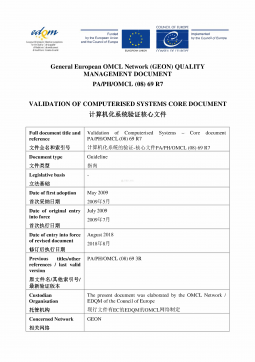
 2024-04-13 71
2024-04-13 71 -
蛋白质含量测定方法大全VIP免费
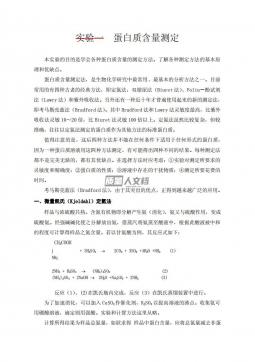
 2024-11-18 81
2024-11-18 81 -
纯化水中国药典2020版与2025版GAP分析VIP免费
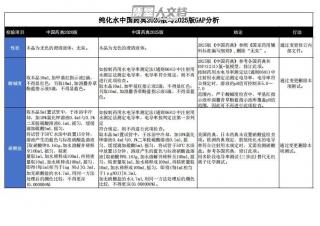
 2025-04-18 218
2025-04-18 218 -
2025 无菌检查法新旧版本对比表VIP免费
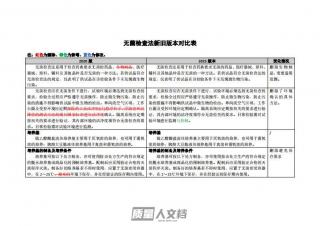
 2025-04-18 346
2025-04-18 346 -
无菌检查法对比表(2025版药典 VS 2020版药典)
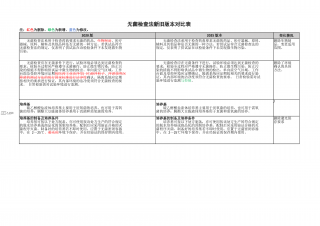
 2025-09-27 140
2025-09-27 140 -
1101无菌检查法对比表(2025版药典 VS 2020版药典)
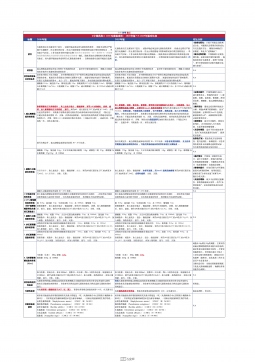
 2025-09-29 108
2025-09-29 108 -
1143 细菌内毒素检查法对比表(2025版药典 VS 2020版药典)
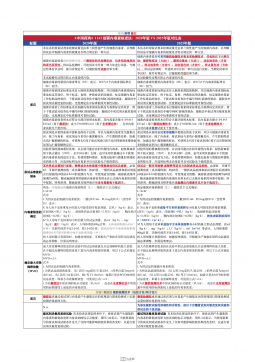
 2025-09-29 254
2025-09-29 254 -
ECA-污染控制策略指南(中英文)-202202VIP免费
 2025-11-04 28
2025-11-04 28 -
TR-26-2025-Sterilizing-Filtration-of-Liquids液体的灭菌过滤(中英文对照版)VIP专享
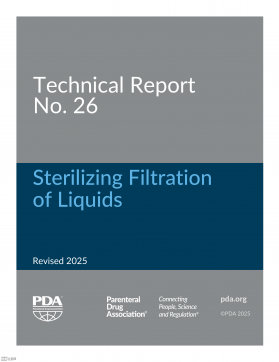
 2025-11-06 247
2025-11-06 247 -
TR-26-2025-Sterilizing-Filtration-of-Liquids液体的灭菌过滤(英文版)VIP免费

 2025-11-06 68
2025-11-06 68
作者:薛定谔的龙猫
分类:专业资料
价格:120质量币
属性:95 页
大小:2.1MB
格式:PDF
时间:2025-11-19


